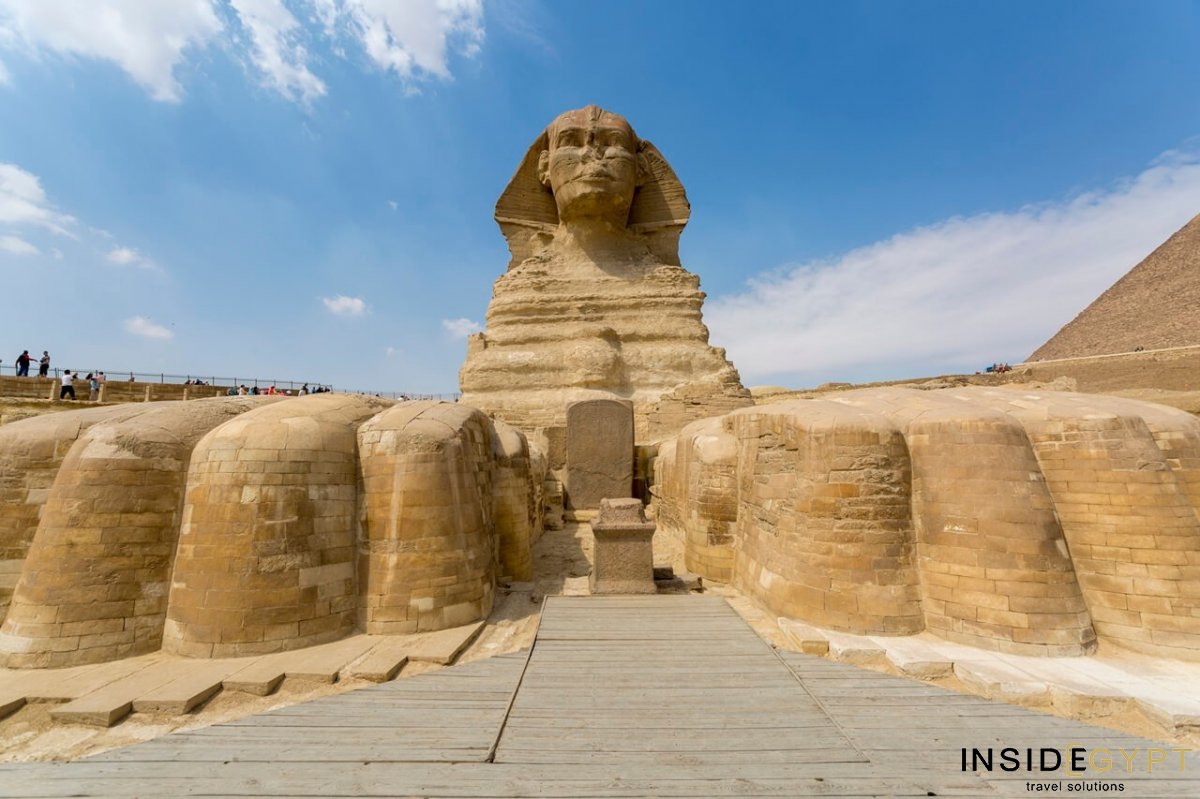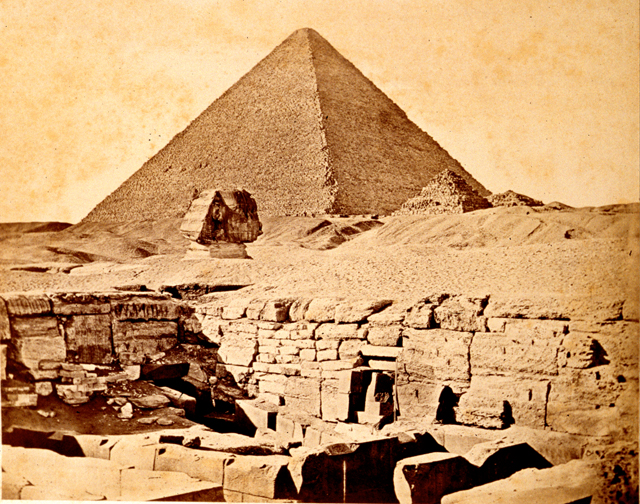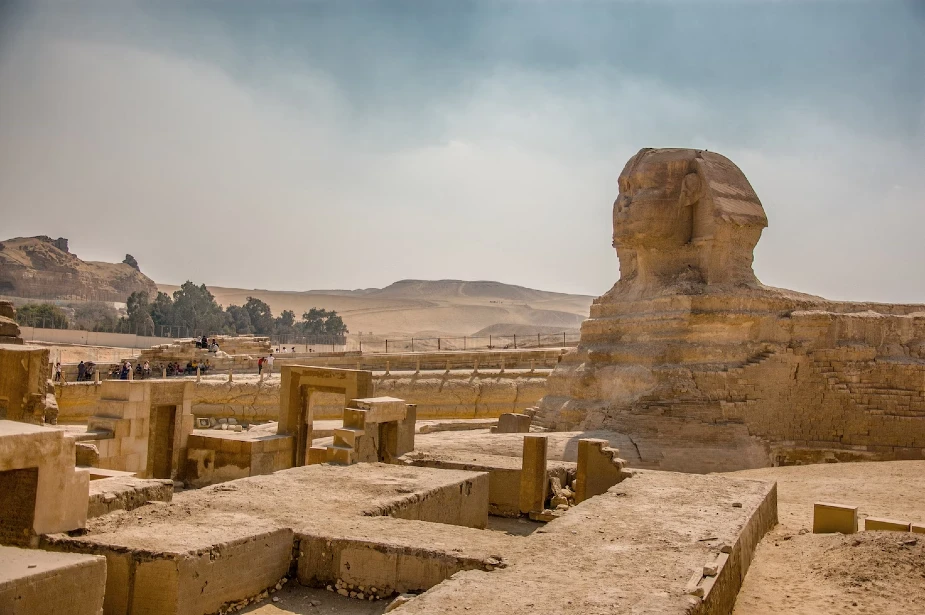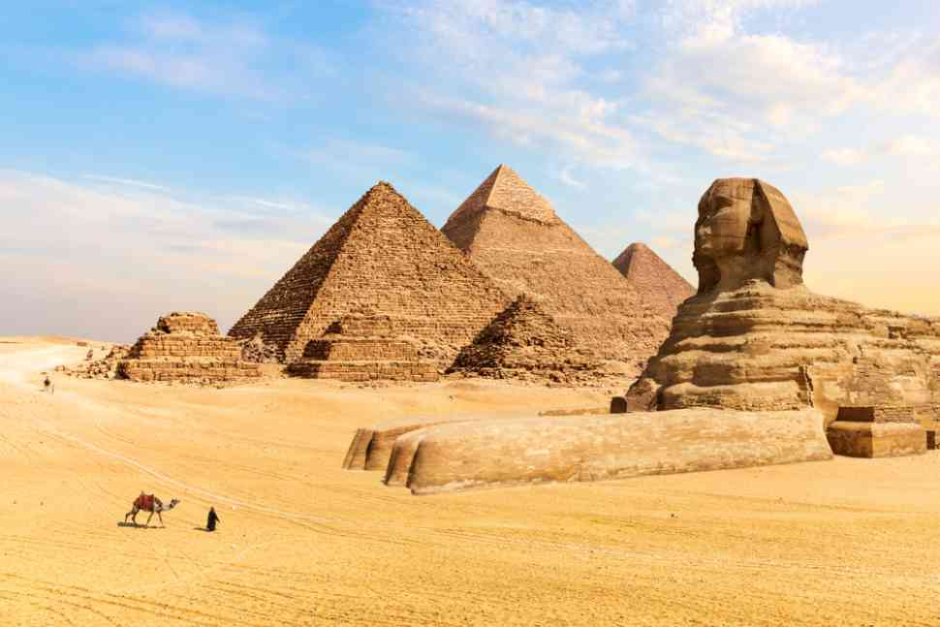Unveiling the Sphinx invites us to delve into one of the most iconic and enigmatic structures of ancient Egypt, a colossal statue that has stood sentinel over the Giza plateau for millennia. This monumental figure, with the body of a lion and the head of a pharaoh, embodies the fusion of human ingenuity and divine mystery, sparking curiosity across generations. As we explore its origins, secrets, and enduring legacy, Unveiling the Sphinx reveals not just a stone relic, but a gateway to understanding the complexities of human history, culture, and the relentless pursuit of knowledge.
Historical Context of the Sphinx

The Sphinx serves as a timeless emblem of ancient Egyptian civilization, encapsulating the grandeur and spiritual depth of a society that thrived along the Nile. Its presence at Giza is more than architectural; it’s a narrative etched in stone, reflecting the pharaohs’ quest for immortality and the intricate web of beliefs that defined their world. This section explores how the Sphinx emerged from the sands of history, offering insights into its creation, societal role, and the events that have shaped its legacy over centuries.
The Pharaohs and Construction Era

The Great Sphinx is often linked to the reign of Pharaoh Khafre, who ruled during the Fourth Dynasty of the Old Kingdom, around 2558–2532 BCE. Historians and archaeologists have long debated its exact origins, with evidence suggesting that it was carved from a single massive limestone outcrop as part of Khafre’s mortuary complex. This endeavor was not merely a display of power but a profound act of devotion, intended to protect the pharaoh’s pyramid and ensure his safe passage to the afterlife. The Sphinx’s human head, believed to bear Khafre’s likeness, symbolizes the divine authority of the king, merging mortal rule with godly essence in a way that reinforced the pharaonic ideology.
Beyond the attribution to Khafre, some theories propose an earlier origin, potentially dating back to the reign of Djedefre or even Khufu’s time. These hypotheses are fueled by subtle clues, such as the Sphinx’s weathered condition, which some researchers argue indicates an age far older than traditionally accepted. This idea challenges conventional timelines and invites speculation about lost chapters in Egyptian history. The construction process itself was a feat of organizational prowess, involving thousands of workers who quarried and shaped the stone using basic tools like copper chisels and stone hammers. This labor-intensive effort underscores the centralized power of the state, where massive public works projects were mobilized to glorify the ruler and maintain social cohesion.
The Sphinx’s integration into the Giza necropolis highlights its role in the broader funerary landscape. Positioned between the pyramids, it acted as a guardian spirit, warding off evil and guiding the souls of the deceased. Archaeological evidence, including nearby temples and statues, suggests that rituals were performed here, involving offerings and incantations to invoke the protective powers of the Sphinx. This connection to the afterlife reflects the Egyptians’ obsession with eternity, where the Sphinx stood as an eternal sentinel, its stoic gaze fixed on the horizon, embodying the hope for rebirth and continuity.
Role in Ancient Egyptian Society

In ancient Egyptian society, the Sphinx was far more than a static monument; it was a living symbol woven into the fabric of daily life and religious practice. Depictions of sphinx-like figures in art and hieroglyphs reveal its multifaceted role, often representing the king as a powerful, lion-hearted protector. This imagery was prevalent in temples and tombs, where the Sphinx motif was used to convey strength, wisdom, and the defeat of chaos, core themes in Egyptian cosmology. For the common people, the Sphinx might have been a source of awe and reverence, a tangible link to the gods that reinforced the divine right of the pharaoh.
The Sphinx’s influence extended to religious ceremonies, where it was associated with solar deities like Ra and the concept of ma’at, or cosmic order. During festivals, priests likely conducted rituals at the site, using the Sphinx as a focal point for prayers and offerings. This integration into societal rituals helped maintain social stability, as the monument’s imposing presence reminded citizens of the eternal cycle of life, death, and rebirth. Additionally, the Sphinx may have served educational purposes, with scribes and scholars referencing it in texts to teach moral lessons, emphasizing the importance of balance and harmony in a world teeming with uncertainties.
As society evolved, the Sphinx’s meaning adapted. In later periods, during the New Kingdom, it was reinterpreted in light of changing religious beliefs, sometimes linked to the god Horus or other deities. This adaptability highlights the Sphinx’s enduring relevance, surviving dynastic shifts and cultural transformations. Yet, it also raises questions about how ordinary Egyptians perceived this colossal figure— was it a source of comfort, fear, or both? Exploring these aspects unveils the Sphinx not just as a product of elite culture, but as a communal icon that resonated across social strata, fostering a shared identity rooted in myth and mystery.
Historical Events Involving the Sphinx

Throughout history, the Sphinx has been a silent witness to a myriad of events, from ancient rituals to modern excavations, each leaving its mark on the monument’s fate. One pivotal moment came during the New Kingdom, when Pharaoh Thutmose IV reportedly dreamed of the Sphinx, buried in sand, and was promised kingship in exchange for clearing it. This tale, inscribed on the Dream Stele between the Sphinx’s paws, marks an
Historical Events Involving the Sphinx

The Sphinx has stood for millennia, enduring the passage of time and bearing silent witness to a multitude of significant events. Its presence has been intertwined with the evolution of Egyptian society, politics, and culture. From its early role in the funerary practices of the pharaohs to stories of divine interventions and modern archaeological explorations, the Sphinx’s legacy is as rich and complex as the civilization that created it. This section delves into some of the key historical events involving the Sphinx, highlighting how it has influenced and been influenced by the world around it.
The Dream Stele: Thutmose IV’s Revelation
One of the most captivating stories associated with the Sphinx is that of Pharaoh Thutmose IV, who ruled during the 18th Dynasty. According to legend, the Sphinx was buried up to its neck in sand when Thutmose IV encountered it while hunting in the Giza plateau. In his dream, the Sphinx revealed itself as a guardian spirit and promised him kingship if he would free it from the encroaching sands.
This encounter is immortalized on the Dream Stele, which stands between the paws of the Sphinx. It serves not only as a testament to Thutmose IV’s ascendant destiny but also as an example of the intertwining of divinity and rulership in ancient Egypt. The narrative reflects the belief that the pharaohs were chosen by the gods, and such dreams were perceived as significant omens.
Thutmose IV’s subsequent restoration of the Sphinx signified more than just the physical removal of sand; it was a political maneuver that reinforced his legitimacy as a ruler. By aligning himself with the ancient monument, he not only honored the past but also claimed the mantle of protector of Egypt’s heritage. This act solidified the Sphinx’s role as a symbol of power and continuity in a rapidly changing political landscape.
The Decline of the Sphinx: Erosion and Neglect
As centuries passed, the Sphinx faced challenges beyond those posed by mere human activity. Environmental factors, including shifting sand dunes and erosion from wind and rain, began to take their toll on this magnificent structure. By the time of the Greek historian Herodotus in the 5th century BCE, the Sphinx had already suffered considerable damage, hinting at a long history of neglect.
In ancient times, the Sphinx was subject to various restorations, however, these efforts were not always sufficient to halt decay. Egyptians of later dynasties sometimes repurposed stone from the Sphinx for other building projects, demonstrating a shift in reverence over the years as new rulers sought to express their authority through new constructions rather than preserving old symbols.
Moreover, the Sphinx became a target for later cultures, including the Romans, who were fascinated by its enigmatic presence. Roman emperors often visited the site, contributing to its lore but also potentially altering its original meaning. By the medieval period, the Sphinx had become a mysterious relic largely forgotten by many, leading to further degradation until the modern era sparked renewed interest in archaeological study.
Modern Archaeological Discoveries
The rediscovery of the Sphinx in the 19th century marked a turning point in our understanding of this monumental figure. Scholars and explorers were drawn to its grandeur, leading to systematic excavations that unearthed new insights into ancient Egyptian civilization. Among these discoveries were remnants of temples adjacent to the Sphinx, along with artifacts that shed light on the rituals performed there.
One of the most significant archaeological endeavors occurred in the early 20th century when Egyptologist Émile Baraize led major excavation efforts. Working tirelessly, he exposed more of the Sphinx’s body from beneath the sand and documented its condition. His work underscored the importance of preserving the Sphinx as part of global heritage, paving the way for future conservation initiatives.
Additionally, modern technology has allowed researchers to explore the Sphinx in ways that were previously unimaginable. Non-invasive techniques like ground-penetrating radar have revealed hidden chambers and tunnels, hinting at further mysteries waiting to be unraveled. These contemporary studies invigorate debates about the Sphinx’s purpose and the extent of its influence throughout Egyptian history.
Cultural Significance through Ages
The Sphinx’s cultural significance transcends the borders of Egypt, inspiring countless works of art, literature, and architecture across various civilizations. Ancient Greeks revered the Sphinx, integrating it into their mythology and even using its image in dramatic plays. The riddle of the Sphinx became a metaphor for knowledge and wisdom, encapsulating the intellectual pursuits of Greek thinkers.
In the Renaissance, Western fascination with ancient Egypt surged, and artists began to depict the Sphinx in paintings and sculptures, romanticizing its mystique. This revival ignited interest in Egyptian antiquities and played a pivotal role in shaping modern perceptions of ancient civilizations. Even today, the Sphinx remains an icon of mystery and intrigue, attracting millions of tourists each year who seek to connect with the echoes of the past.
Furthermore, the Sphinx continues to resonate within popular culture, appearing in films, novels, and video games, where it symbolizes the enduring allure of ancient mysteries. Its portrayal often reflects themes of wisdom, challenge, and the quest for truth, reinforcing its status as a timeless archetype.
Conclusion

The Sphinx is more than a mere stone statue; it embodies the aspirations, beliefs, and complexities of ancient Egyptian civilization. From its origins tied to Pharoah Khafre to the tales of divine intervention involving Thutmose IV, the Sphinx has transcended its physical form to become a cultural symbol of strength, mystery, and resilience.
Throughout the centuries, its role has evolved alongside the society around it, adapting to changes in religious beliefs, political structures, and cultural values. As both an object of reverence and a witness to historical events, the Sphinx remains a powerful reminder of humanity’s relentless pursuit of knowledge and understanding. Today, as we continue to uncover its secrets through modern archaeology and technological advancements, the Sphinx stands firmly as a bridge connecting us to the rich tapestry of our shared history, igniting curiosity about the legacies we inherit and the stories yet to be told.

GIPHY App Key not set. Please check settings